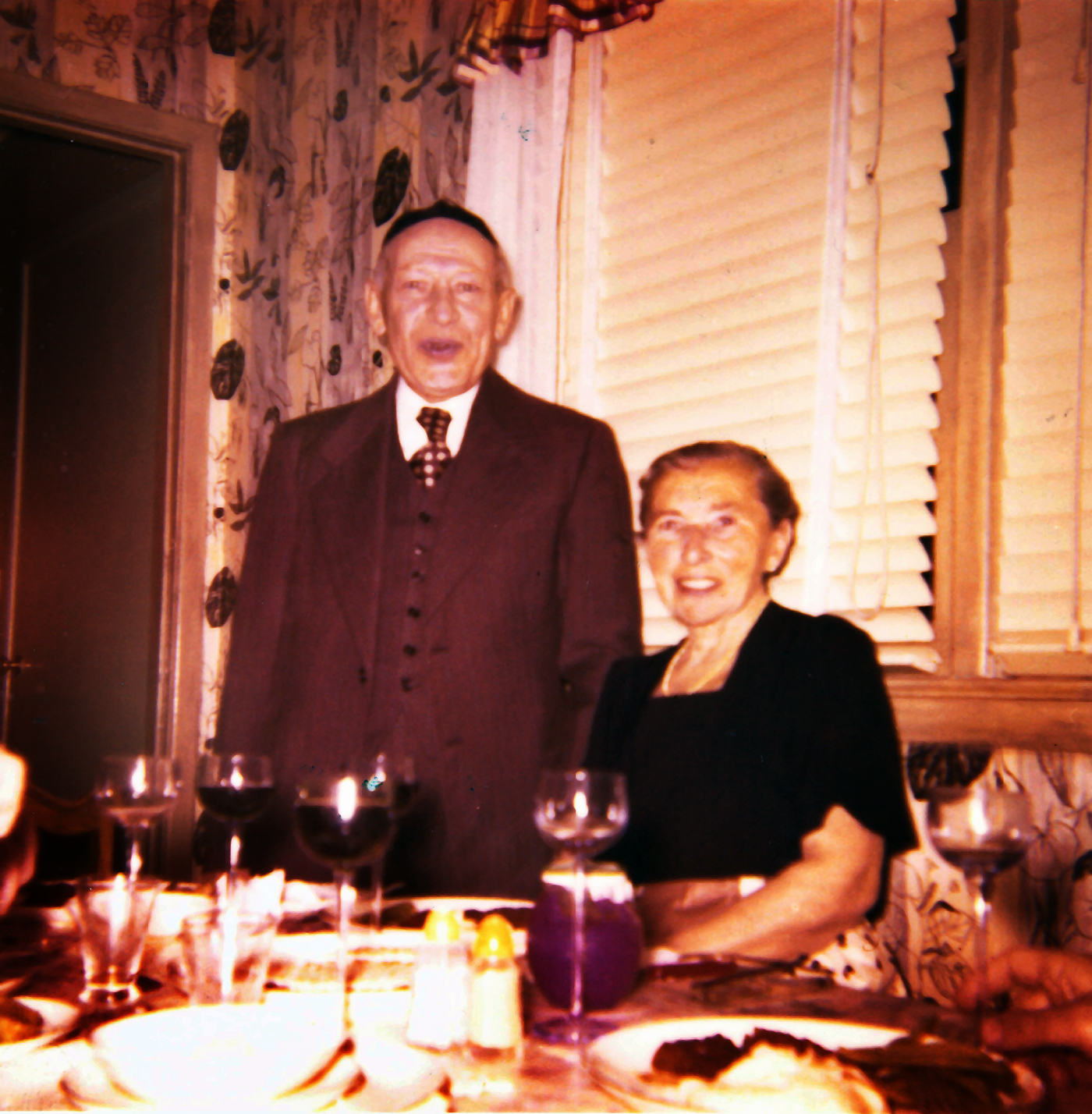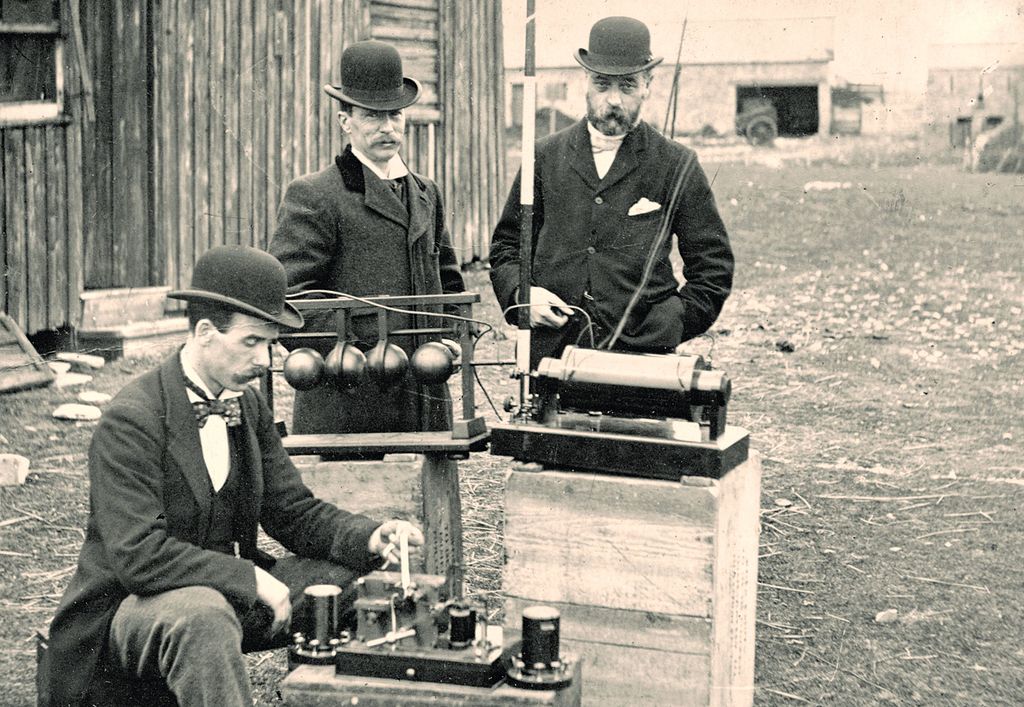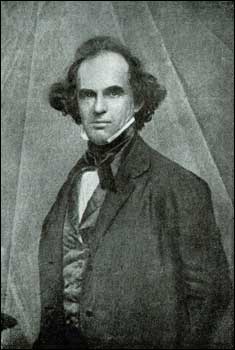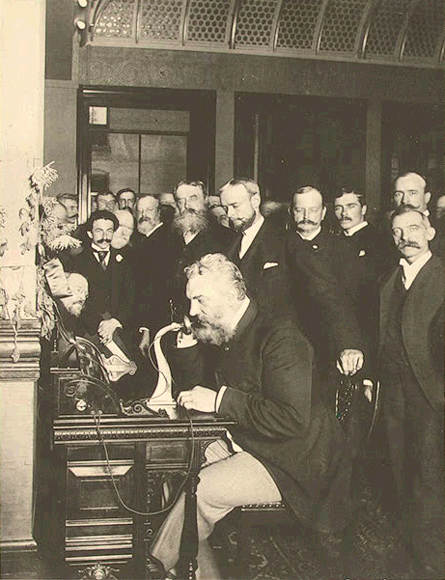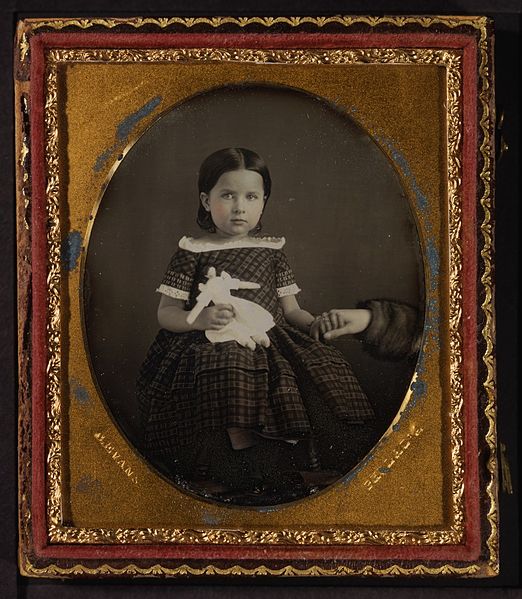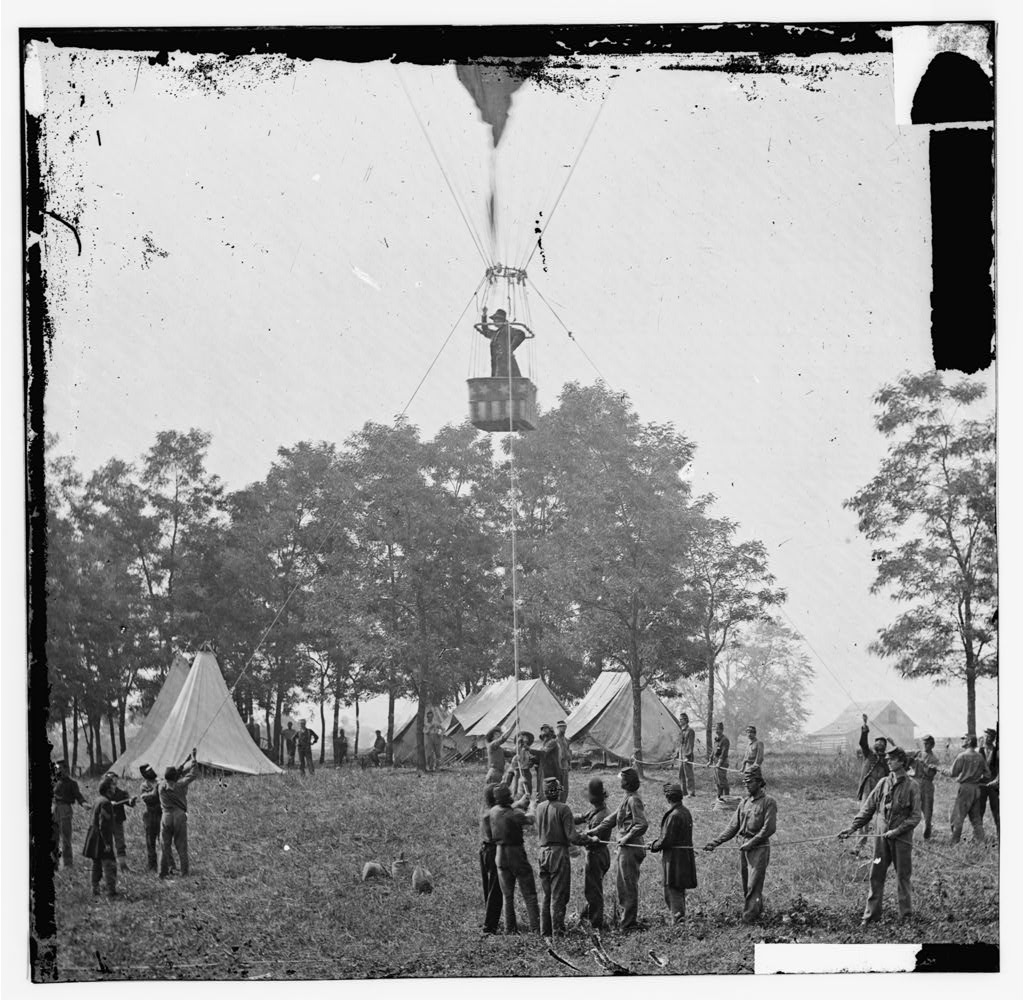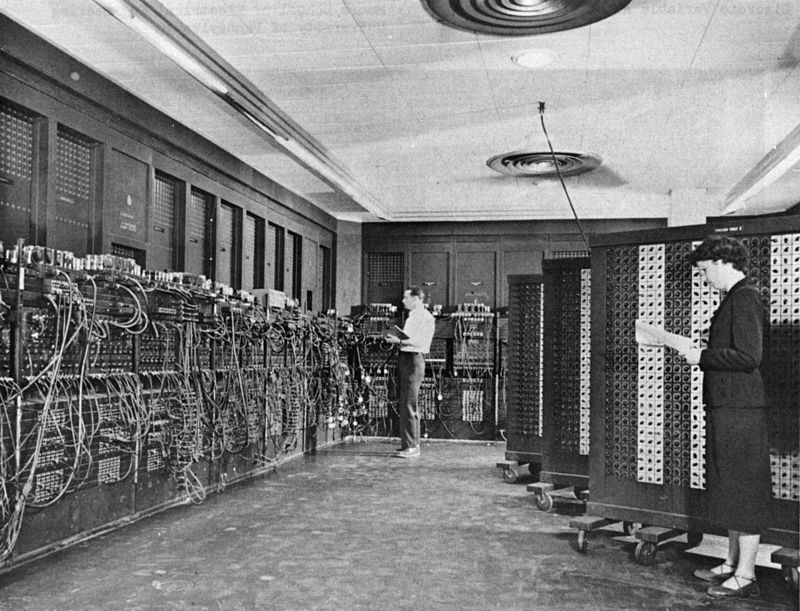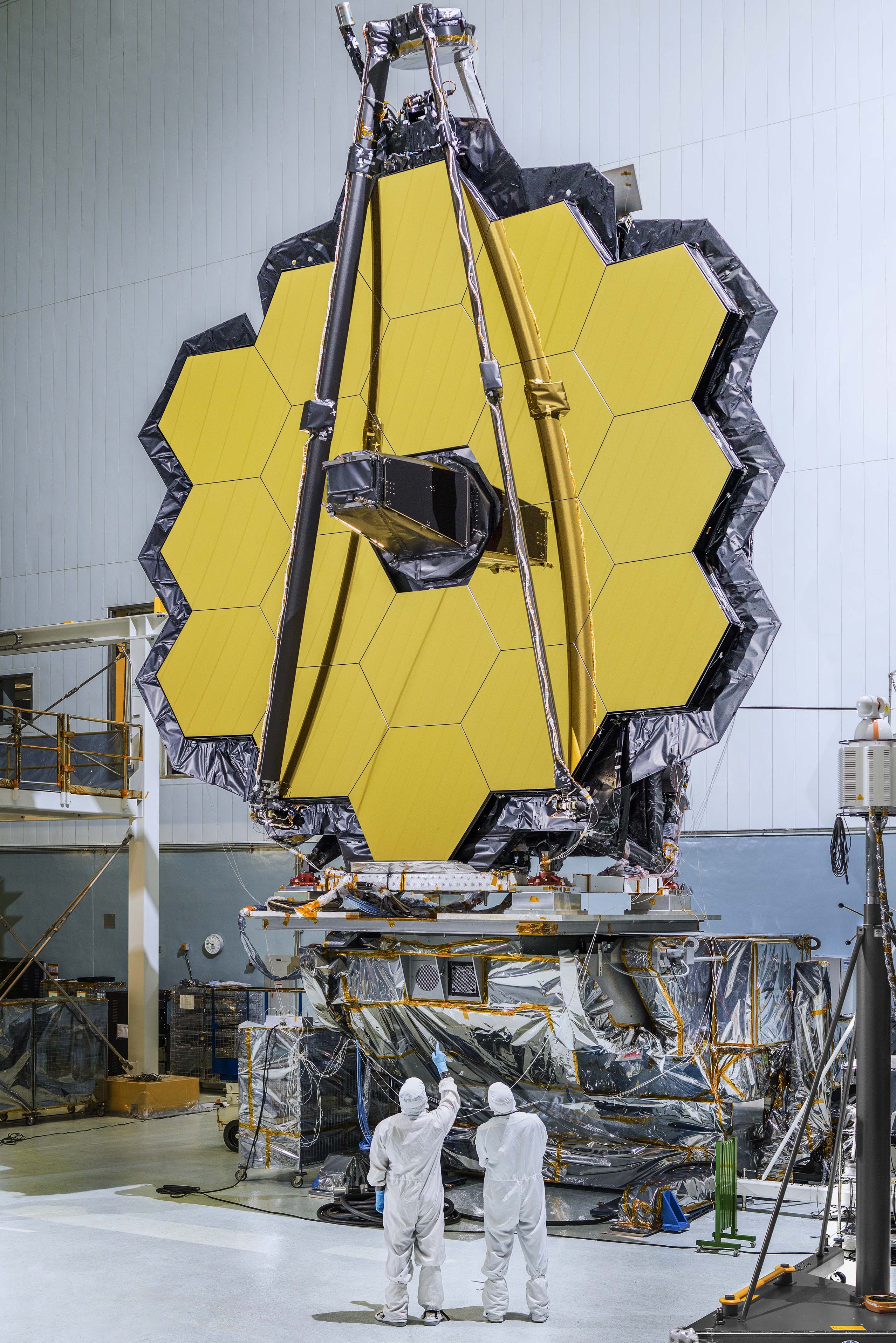This year we have one of those rare holiday confluences, where Easter and Passover fall in historic synch. So let me begin by wishing all of my Christian friends and readers a Happy Easter and all my Jewish friends and readers a Happy Passover, Hag Sameah. And let me share in this time when the world is run by fools, the sentiment of all my friends, “To all of you the blessings of family and peace.” As a scientist I can assure you that the ability of men to due evil is surpassed only by our ability to do good.
This morning I was sorting through old papers. I have always regretted how few photographs I saved. I always wish that I had saved more. So I was delighted this morning to find this photograph of my grandfather, Louis, and my grandmother, Mary, taken at their Passover Seder over half a century ago. The picture was probably taken around 1960 and it was either taken by me, using a curiously tan Kodak Brownie, which was my first camera or by my father using his twin-lens Ciroflex. I have very lovingly scanned and restored this image as I have precious few photographs particularly of my grandfather. Nice three-piece, Zaide!
We have spoken many times about the magic way that subjects stare back at us from old photographs. We relate to them and we should always remember that the initial life of the photograph was one of fond recognition. It is when that recognition fades that the role of the photograph becomes one of undefined anonymity and historical record. Just as Shakespeare promised eternal life to his beloved in Sonnet 18 “So long as men can breathe, or eyes can see, So long lives this, and this gives life to thee,” I am hopeful that as long as this blog is cached somewhere on the internet and at some level my grandparents will be remembered, as I remember them.
Yesterday my wife, a friend, and I were talking about the Ashkenazi specialty called “flanken,” a kind of stewed beef. It was one of my mother’s specialties, and I am wondering what grandma Mary was serving for that particular Seder. You can see in the lower right that it was beef. I can still smell and taste it. For my grandparents I wish to say:
מַה-טֹּבוּ אֹהָלֶיךָ, יַעֲקֹב; מִשְׁכְּנֹתֶיךָ, יִשְׂרָאֵל
How goodly are thy tents, O Jacob, thy dwellings, O Israel!
Numbers 24:5

